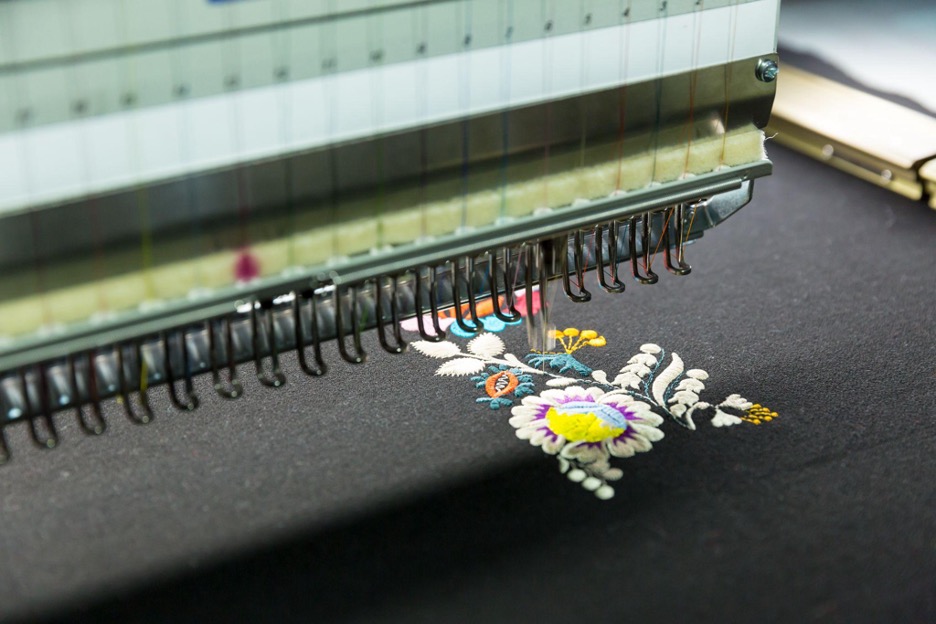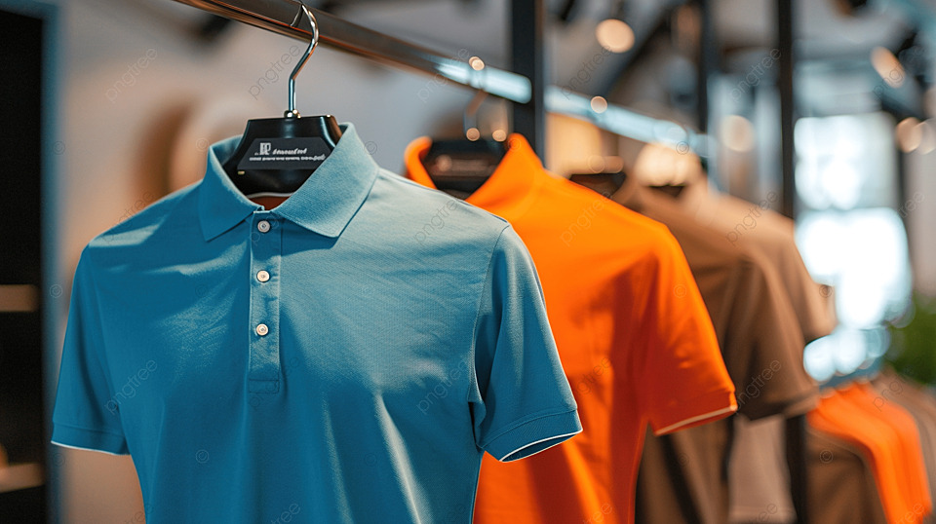Screen printing and embroidery are your two primary options if you plan to decorate or personalise your garments and other merchandise with logos and graphics. These two options can both generate high-quality work, but each has benefits and drawbacks.
The longer-lasting option, which is embroidery, may produce uniforms and other items of professional quality. However, when engaging local providers, screen printing can often be more affordable and is frequently a better option for larger projects.
Examine what each option can provide you for whatever you need before deciding if embroidery or screen printing is best for your needs. Here are some things to consider when figuring out whether to get your merchandise embroidered or printed:
Cost comparison
Any business owner who needs clothing or accessories customised is probably most worried about the cost. You don’t want to overspend because it already costs a little more to have something customised than to simply purchase it as-is.
It’s important to remember that neither choice will be less expensive by default. The more affordable option will depend on a number of variables, including the design’s complexity, the location of the work, the design’s size, and the quality of the fabric to be embroidered/printed on.
If embroidery is your preferred option, you will often be looking at flat rates that are not based on the number of colours used in the design. With screen printing, however, the quantity of colours makes a significant difference. The price increases with more colours since each new colour need a new mesh screen.
Up to 15 colours can typically be added to embroidery at little or no additional cost. Huge logos and graphics, however, are probably less expensive with screen printing, and large orders can also lower the costs further.
By selecting a local business to do your custom order, you can also lower the price of screen printing by saving on delivery fees.
Durability comparison
Another important thing to consider is durability, and when it comes to this, embroidery is frequently considered the superior option. A screen-printed pattern that is printed on top of the fabric is significantly less likely to last for as long as an embroidered design that is stitched directly into the fabric.
With screen-printing, the pattern can also break and fade over time, which is another drawback. This is possible if the piece of clothing is not well cared for, including not washing it thoroughly. Contrarily, embroidery is less prone to deteriorate or fade. It can last a very long period if the stitching is high quality.
Additionally, if a screen-printed item is pressed on the wrong side or machine-washed at an incorrect temperature, it could quickly become damaged. Embroidered logos don’t pose these problems, however, the stitching can still occasionally snag or become ruined.
Embroidery also produces an elegant design with a decent amount of weight that seems durable. Instead of being flat like a screen-printed logo, the design is in three dimensions, and the strong thread adds a sheen that makes the logo stand out.
Application of embroidery and print
Additionally, you should consider what fabrics both screen printing and embroidery will work best on. Each of them may be better suited to particular clothing types and attributes. For example, for heavier fabrics, embroidery generally works better. Thinner and inferior fabrics may not be the greatest option for embroidery because thin material tends to pucker.
For high-quality uniforms and merchandise that you want to last for a long time, embroidered logos are fantastic. Polo shirts with stitched-on logos and possibly even personalised names are classic examples of this. However, screen printing may be a better option if a larger logo is needed on the back of the garment.
T-shirts and other thin or stretchy clothing may be more suited for screen printing. The printing doesn’t cause the material to pucker up because it doesn’t exert the same force that stitching does. Screen printing also is probably the best choice if you want to personalize T-shirts, sweatshirts, and other similar clothing items or if you want to print more prominent logos.
Nonetheless, embroidery is the most lasting and fashionable solution for your logos on other items, such as polo shirts, outerwear, and caps. It has a stylish appearance, is durable, and works with a variety of clothing and other objects.
Conclusion
Both screen printing and embroidery offer advantages for decoration and personalisation, but before choosing which is better, you need to take a few things into account. Before selecting the best option, consider the size of your logo design, your budget, the goods you want to personalise, and the number of items you plan to bulk-personalise.
Interested to know more about embroidery and apparel/merchandise personalisation? Get in touch with us to get a quote today!




